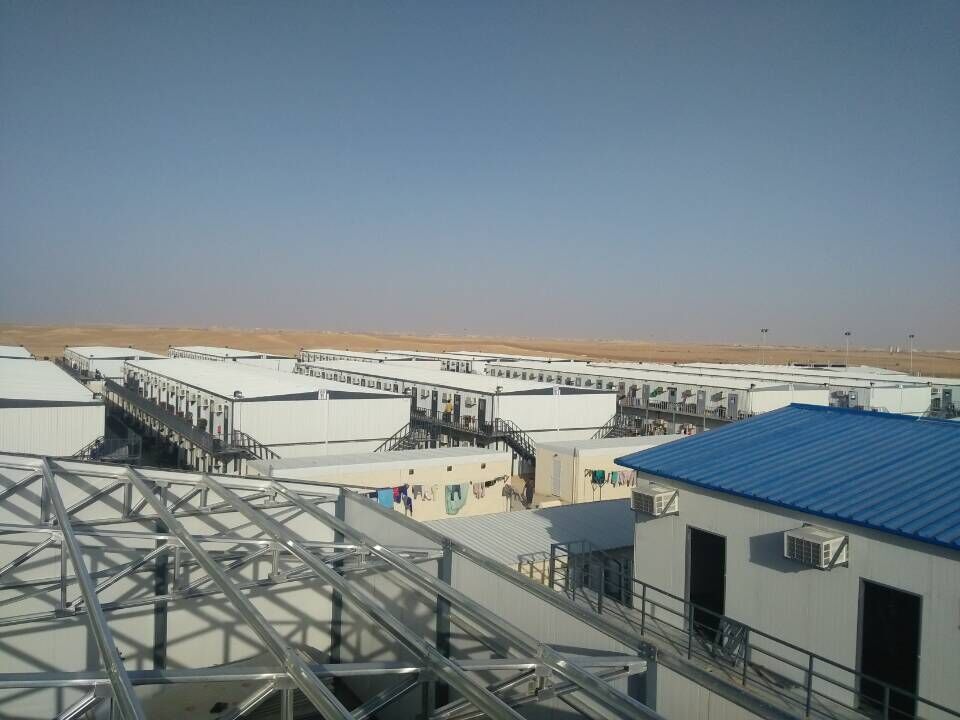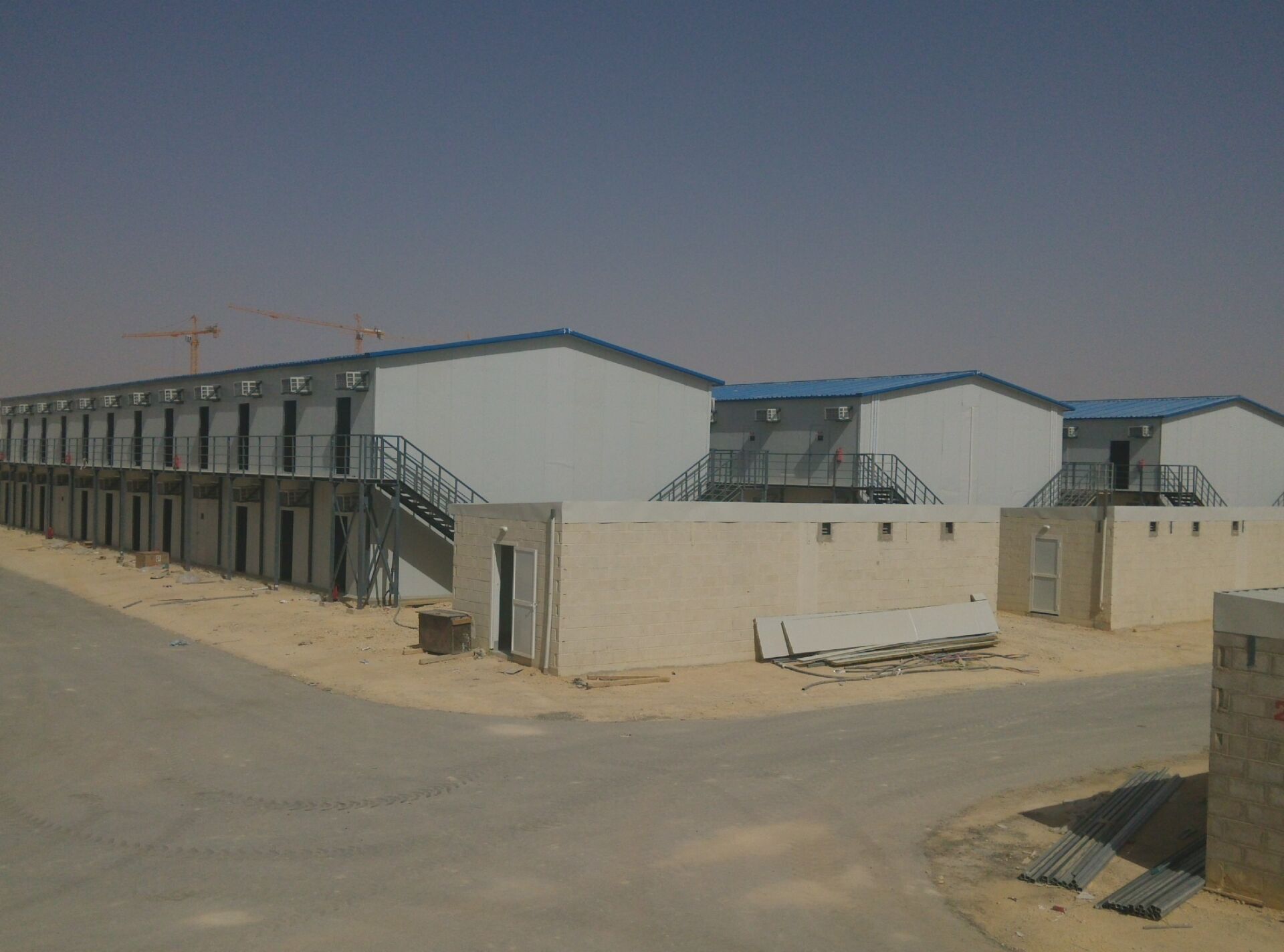Tel: 0086-532-88966982
0086-532-88965892
Website: www.lidajituan.com
E-mail: sales@lidajituan.com
Head office: 5th Floor, Building A, Dalen Center, 180 Haier Road, Qingdao, 266000, China
Modular House vs. Prefab Buildings: Key Differences Every Contractor Needs to Know
Classification:Company News
Release time:2025-04-24 15:00
Modular House vs. Prefab Buildings: Key Differences Every Contractor Needs to Know
As demand for faster, cost-efficient constructions grows, contractors must understand the distinctions between modular houses and prefab buildings to meet client expectations. With China prefab house suppliers like Lida Group leading innovations in off-site construction, this guide breaks down the technical, logistical, and financial differences between these methods—and how to choose the right approach for your next project.
Definitions: Modular House vs. Prefab Buildings
1. Modular Houses
- Design: Fully customizable volumetric units (entire rooms or sections) built in factories.
- Assembly: Modules are transported and stacked on-site, then connected to utilities.
- Use Cases: Residential complexes, hotels, and multi-story buildings.
2. Prefab Buildings
- Design: Components (walls, roofs, panels) are factory-made but assembled on-site.
- Assembly: Requires more on-site labor to connect prefabricated elements.
- Use Cases: Warehouses, single-story offices, and industrial constructions.
6 Key Differences Contractors Must Understand
1. Design Flexibility and Customization
Pro Tip: Work with suppliers like Lida Group, whose modular designs comply with EU, US, and ASEAN building codes.

2. Construction Timeline and Labor Costs
Modular projects are 30–50% faster but require precise coordination:
- Modular House: 8–12 weeks factory production + 2–4 weeks on-site.
- Prefab Buildings: 4–6 weeks factory production + 6–10 weeks on-site.
Labor Savings:
- Modular: 70% less on-site labor (ideal for skilled worker shortages).
- Prefab: 40% less labor than traditional builds but more than modular.
Case Study: Lida Group’s 100-unit modular house project in Australia was completed in 5 months—50% faster than prefab.
3. Transportation and Logistics
Contractor Takeaway: Prefab suits remote sites; modular excels in urban areas with staging space.
4. Cost Breakdown and Budgeting
Note: Costs vary by region and supplier. Lida Group’s modular homes average $120/sq.ft in Asia.

5. Quality Control and Durability
- Modular Houses: Built in climate-controlled factories, ensuring consistent finishes and airtight seals.
- Prefab Buildings: Vulnerable to weather damage during on-site assembly but easier to inspect.
Lida Group’s Edge: Their modular units undergo 200+ quality checks, including:
- Ultrasonic weld testing.
- Thermal imaging for insulation gaps.
6. Scalability and Future Modifications
- Modular: Add/remove modules vertically or horizontally (e.g., Lida Group’s "Plug-and-Expand" system).
- Prefab: Retrofit panels or extend rooflines with minimal disruption.
How to Choose Between Modular and Prefab
Contractors should consider:
- Project Timeline: Modular for speed, prefab for flexibility.
- Site Conditions: Modular requires staging space; prefab adapts to tight sites.
- Budget: Prefab for lower upfront costs, modular for long-term ROI.
- Supplier Expertise: Partner with certified China prefab house suppliers like Lida Group for hybrid solutions.
Case Study: Lida Group’s Hybrid Approach in Dubai
Project: Mixed-use complex with 50 modular apartments + 20 prefab retail units.
Innovations:
- Modular units for residential consistency.
- Prefab steel frames for retail customization.
Results: - 35% cost savings vs. all-traditional construction.
- LEED Gold certification via recycled materials.
Future Trends in Off-Site Construction
- AI-Driven Design: Generative tools to optimize modular layouts.
- Robotic Assembly: Lida Group’s factories now use bots for 80% of welding.
- 3D-Printed Modules: Hybrid systems blending prefab and additive manufacturing.
Conclusion: Align Method with Mission
Understanding the differences between modular houses and prefab buildings is critical for contractors to deliver projects on time and within budget. While modular offers speed and precision, prefab provides flexibility and lower upfront costs. By partnering with global leaders like Lida Group, contractors can leverage both methods to meet diverse client needs—and stay ahead in the evolving world of constructions.
prefab house,China prefab house suppliers,modular house,constructions
Contact Us
Head Office: 5th Floor,Building A,Darron Center,No.180,Haier Road,Qingdao, 266000,China
Tel: 0086-532-88966982 88965892 Fax:0086-532-88965571
WhatsApp:+86 13793209022
Mobile/Wechat:+86-15166671720
Email: sales@lidajituan.com Website: www.lidajituan.com
Alternate Website: www.lidamodularhouse.com
Head Office: 5th Floor,Building A,Darron Center,No.180,Haier
Road,Qingdao, 266000,China
Tel: 0086-532-88966982 88965892
Fax:0086-532-88965571
Email: sales@lidajituan.com
Website: www.lidajituan.com
Alternate Websit: www.prefabhousecn.com
Wechat/WhatsApp:+86-13793209022
Copyright(c)2023 All Rights Reserved SEO Business license

